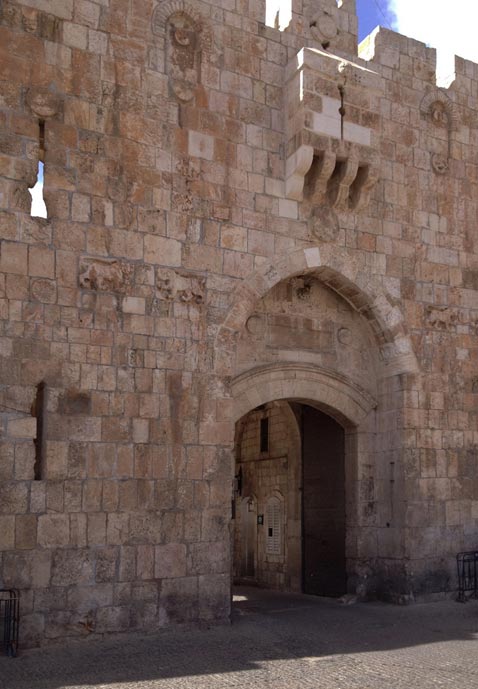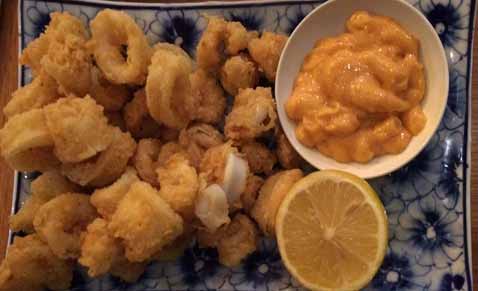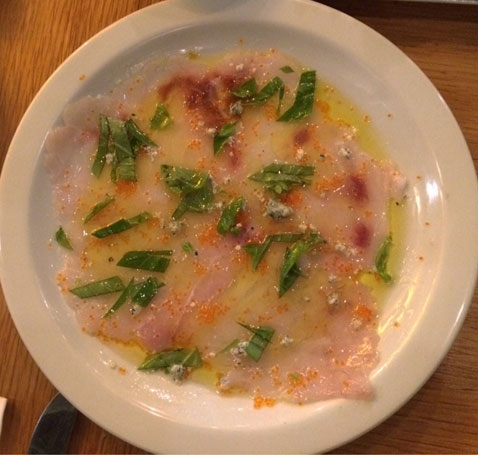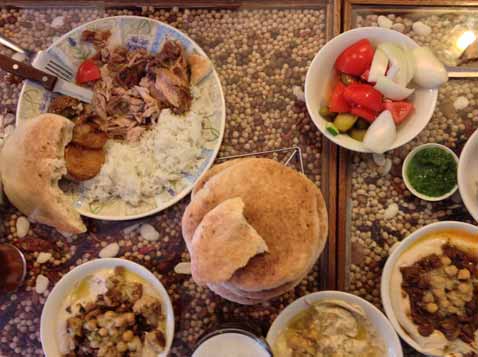
Each month we highlight a place of interest around the globe that we consider as unique as Borgo di Vagli. The tips are selected as they either show respect for the environment, nature, and architectural beauty or are deeply indigenous to their individual origin and this month we encapsulate all of these components. This month we highlight Lee, Fulvio and Stefania’s trip to Tel Aviv and Jerusalem.
In February, Fulvio and I accompanied by Stefania this time, went to Israel to present and promote Borgo di Vagli in Tel Aviv at the IMTM - The International Mediterranean Tourism Market. As Fulvio and I have mentioned in the past, when attending these full day events there’s very little time for sightseeing… and only few, sporadic memories of beautiful places, generally seen from the back seat of a taxi!!
We often meet really interesting people many of whom were intrigued with our Hamlet and return with new contacts and numerous business cards, but you always leave a little empty and with the clear impression you’ve missed something and you look at a space in your diary to return!
This time was no exception: although, very well advised and helped by friend and owner, David Cooper, who often travels to Israel on business, it seemed that we were jumping from one taxi to another to and from the Expo.

BUT, this time, we happened to have a late flight back, which gave us an entire morning free to do as we pleased. We noticed a flyer in the hotel reception promoting trips to Jerusalem and with David’s help once again, didn’t miss the opportunity to arrange a visit and guide of this historic city.
The mini-bus drove us the hour-long trip east to Jerusalem… one of those must see places on Earth you HAVE to see.
To understand its history and to try and get an appreciation of the intertwined cultures and religions you have to walk through the labyrinth of neighbourhoods with their market places or religious worship, cobblestoned streets and small roads, where, all of a sudden, what you were taught at school or have seen in the news or even dreamt of in your imaginary voyages in the East, becomes a reality and tangible. Similar to visiting the Coliseum or the Parthenon or walking through the ruins of Pompei, you experience a connection and part of “history”.

David suggested a guide and we feel more than fortunate to have been introduced to Avi who met us at the hotel and arranged for us to leave our belongings which he took charge of and educated us on a walk through the centuries. Avi is so much more than an experienced Guide. In a little more than just three hours, he was able to enlighten and educate us into the most complicated, and in some cases tragic stories and religious events from the last 3/4 thousands years. His knowledge of places and events and philosophy is phenomenal and when visiting new places, I will always arrange a guide beforehand, but I very much doubt the experience will ever be as educational and professional as with Avi.

Given Jerusalem’s dramatic history, Avi offered an unbiased religious approach; he educated us on the religions, politics, fanaticism, extremism, they are all interconnected and as present and part of this small but unique city as the stones it is build from, which is as foreboding as it is fascinating.

Walking through Jerusalem, one cannot not help but feel part of the grandness of the events that have moulded this part of the world over the centuries. At a certain point, you could not help but feel rather insignificant and really small, and yet at the same time fulfilled and fortunate to have visited this City of cities.
As is customary on these trips, we sourced out some special places to eat (this time helped by David) and tried a few new dishes and this trip was no exception, below are some visual treats for your senses.
Restaurant: Kalimera - Jaffa Harbour, Tel Aviv

Fried squid – like nothing we have ever tasted in Spain and Italy.

Carpaccio of seabass – freshly prepared marinated, and basically melts in your mouth.

We also enjoyed Falafels and Humas at Hummus Ben Sira in Jerusalem
For those who are not familiar with these dishes, falafels are deep-fried balls made from ground chickpeas, fava beans, or both. Onions, garlic, parsley and cumin are usually added to it to give their distinctive wonderful flavor.
Falafel is a traditional middle Eastern food, commonly served in a pita bread, which acts as a pocket, together with hummus, another quintessentially Middle Eastern recipe.
Hummus is also made from cooked, mashed chickpeas blended with tahini, olive oil, lemon juice, salt and garlic.
Both dishes are accompanied by a fresh salad of tomatoes, onion and cucumber make for a great healthy snack!